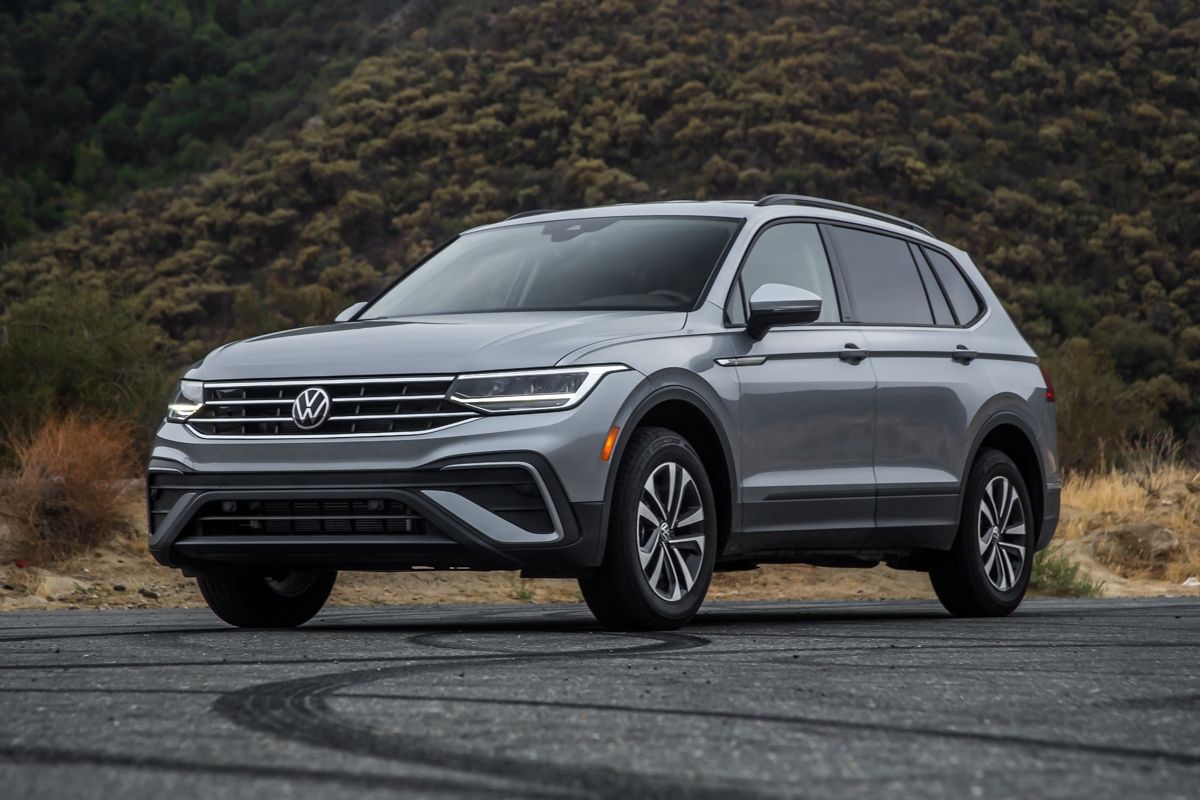
The Volkswagen ID.3 made its long-awaited debut at this year's Frankfurt Auto Show, and it certainly lived up to the hype. With its 260-mile range and an affordable asking price that undercuts the Tesla Model 3, it has the potential to revolutionize the electric car market. There's already a lot of demand, too, as VW has already received over 30,000 preorders for the electric hatchback.
Unfortunately, it won't be sold in the US due to the lack of demand for hatchbacks. Instead, the first ID. model that will be sold in the US will be the production version of the ID. Crozz concept, which isn't at all surprising considering America's unrelenting appetite for crossovers.
Volkswagen's next ID. model is currently on display in a strobe-and-gas filled box wrapped in camouflage (making it tricky to get a clear image), and it appears to have a more conventional design than the Crozz concept. It's not a prototype either, but the actual production model that will go on sale next year. As we saw in recent spy shots, the concept's sliding rear doors have been replaced with conventional doors, and the sloping coupe-style roofline has been replaced with a hatchback-style roof, which should make it more practical.
We spoke with a Volkswagen representative at the show, who told us a final name for the electric crossover hasn't been decided yet, but it "makes sense" that it will use the ID. name and a number since it will be a successor to the ID.3. Don't be surprised, then, if it ends up being called the ID.4, but we'll have to wait until next year for confirmation as the production version will debut in spring 2020.
While the ID.3 is due to go on sale early next year with a starting price of around $33,000, the ID.4 crossover is expected to go on sale in the US in late 2020. It will share the same platform as its hatchback sibling, so it should be powered by two electric motors. In the Crozz concept, this setup delivered a combined 302 horsepower and a range of 300 miles. With its 150-kW battery, the electric crossover could also recharge to 80 percent in just 30 minutes.
